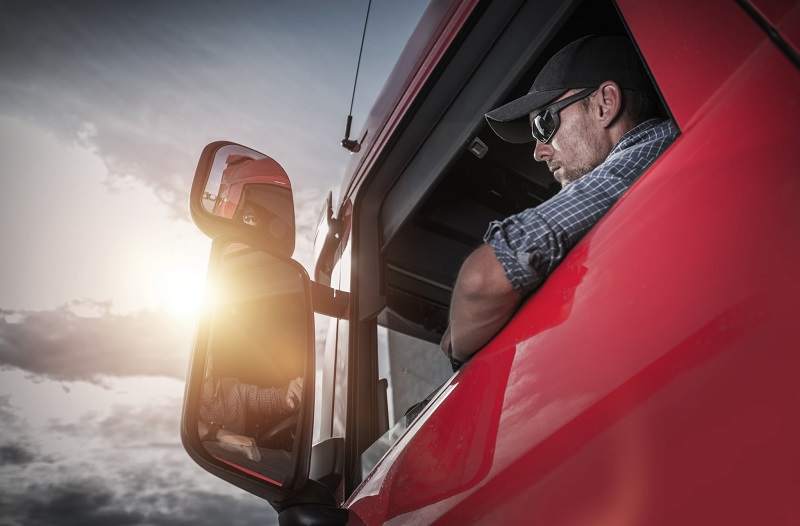When working with vehicles as large as trucks, the safety of drivers and the entire environment is the number one priority of your company. At International Trucks, we want to emphasize that the safety of the truck driver depends on compliance with the measures and regulations when driving in cities or roads. With driving tips for trucks, you will avoid causing or being part of a traffic accident.
First, truck drivers must have a heavy vehicle driver’s license which they will get after passing a test of general knowledge and driving skills. With this license, they are trained to drive vehicles according to gross weight. Also, depending on the truck that will drive, it will be necessary for the driver to know certain points such as securing the load, pulling double trailers, the use of tanks, etc.
Safe driving tips for trucks
Respect the security spaces
Professional drivers must constantly monitor the “safety space” of the truck with respect to the space of other objects, whether they are motionless or in motion (other cars, animals, light poles, traffic signs, bridges, etc.).
The most important spaces that a driver should always consider are:
- Height: When passing through high and low tunnels and bridges.
- Lower surface: inclined or irregular road routes, potholes, speed reducers, landslides, accumulated rainfall, weight restrictions, etc.
- Front space: separation distance between vehicles in the front part and turning space.
- Space of the back part: following distance of vehicles that come from behind you.
- Space on both the driver’s and passenger’s side: parking places, toll booths, tunnels, narrow spaces.
Plan your trip
Knowing the terrain and road conditions (including weather and traffic flow) can help you make safe driving decisions. If you can somehow avoid the chances of being involved in an accident, do not hurry to end your trip. Be patient to:
- The traffic
- The lights or signs of braking
- Inclement weather
- Some construction nearby
- Mountainous terrains
- If you are transporting hazardous materials as a driver, take special precautions and routes.
Perform inspections before and after each trip and be much more careful if you are in charge of transporting hazardous materials. Solve any technical problem that your truck presents before it grows. This way, your truck will be ready and in good condition for your next trip. It is one of the best tips for trucks.
Control your speed
- Speed plays an important role in the handling of a large truck. Professional drivers who apply safe driving do not drive fast and this allows them to stop safely and unexpectedly without getting involved in a collision. Remember that when driving a heavy truck, accelerating and braking requires more time.
- Always reduce speed in work areas and do not try to prevent the passage to other vehicles that are the same size as your truck. This is another tips for trucks driving.
Be careful in the curves
- It reduces the speed in the curves (including in the entrances and ramps of exit of the main roads). Often, the speed limit signs on the ramps are for small vehicles and not for high profile trucks.
- Failing to break at the right time can lead to rollover accidents.
- When the speed is properly reduced, the tires of the truck remain in contact with the road at all times. When this is not the case, the truck may lose contact with the surface turning over.
Keep your distance
Driving in any of the following situations requires a greater separation distance to brake:
- At night
- On secondary roads
- In mountainous or rocky areas
- On roads with many curves
- Whenever it’s raining or the road is wet.
The action of braking and the distance in doing so are also affected by the weight of a truck. There are significant differences in the braking capacity of a truck with load and one with the empty trailer.
Climate
- Professional drivers know that the braking distance is also affected by the weather. You will not always be driving under the perfect weather conditions. You must allow more space and braking time when a lot of precipitation (rain or snow) is falling or is already accumulated in the ground.
- The most dangerous situations are those when you lose traction, that is when you lose control to accelerate, slow down or steer. Drivers of large trucks should never use an engine brake (also known as a “Jake Brake”) in case of rain because the traction could be lost.






